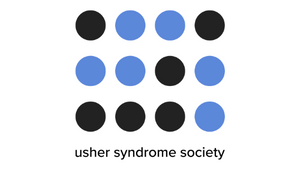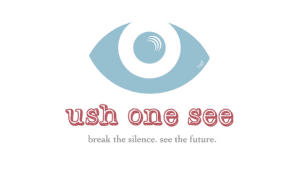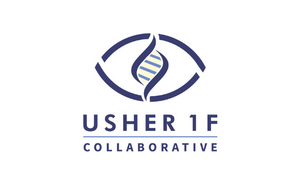Usher syndrome is a recessive genetic disease. This means that a child with Usher type 3 receives two copies of the same Usher 3 gene, one from each parent. Usher syndrome type 3 is the rarest form of Usher syndrome, characterized by later onset hearing loss, retinitis pigmentosa (RP) that manifests between the second and fourth decades of life, and variable vestibular dysfunction.
Genes involved in Type 3
To date, only mutations in the CLRN1 (USH3A) and HARS1 (USH3B) genes are known to cause this type of Usher syndrome. Identified disease-causing mutations in these genes include missense, nonsense, frameshift, splice-site as well as deletions distributed across nearly all exons.
Carriers of Usher Type 3
An individual with one Usher type 3 gene and one gene that is not Usher is considered to be a "carrier" of the Usher gene. Carriers have typical vision, hearing, and balance. If two carriers of the same gene have a child, there is a 25% chance in each pregnancy that their child will inherit two Usher genes - one from each parent - and that child will have Usher syndrome. If a child inherits one Usher 3 gene and one non-Usher 3 gene, that child will be a carrier. He or she will have typical vision, hearing, and balance. It is also possible that a child of 2 carriers will inherit 2 non-Usher syndrome genes, which means that they will not have Usher syndrome and they will not be a carrier.
Hearing in Type 3
Individuals are born with normal or near-normal hearing. Hearing loss begins during late childhood or adolescence and progresses to profound hearing loss.
Vision in Type 3
Children born with Usher type 3 have RP that manifests in later childhood or early adolescence.
Vestibular Function in Type 3
Vestibular (balance) function is typical at birth and may become affected in some with Usher 3 in adult years.







